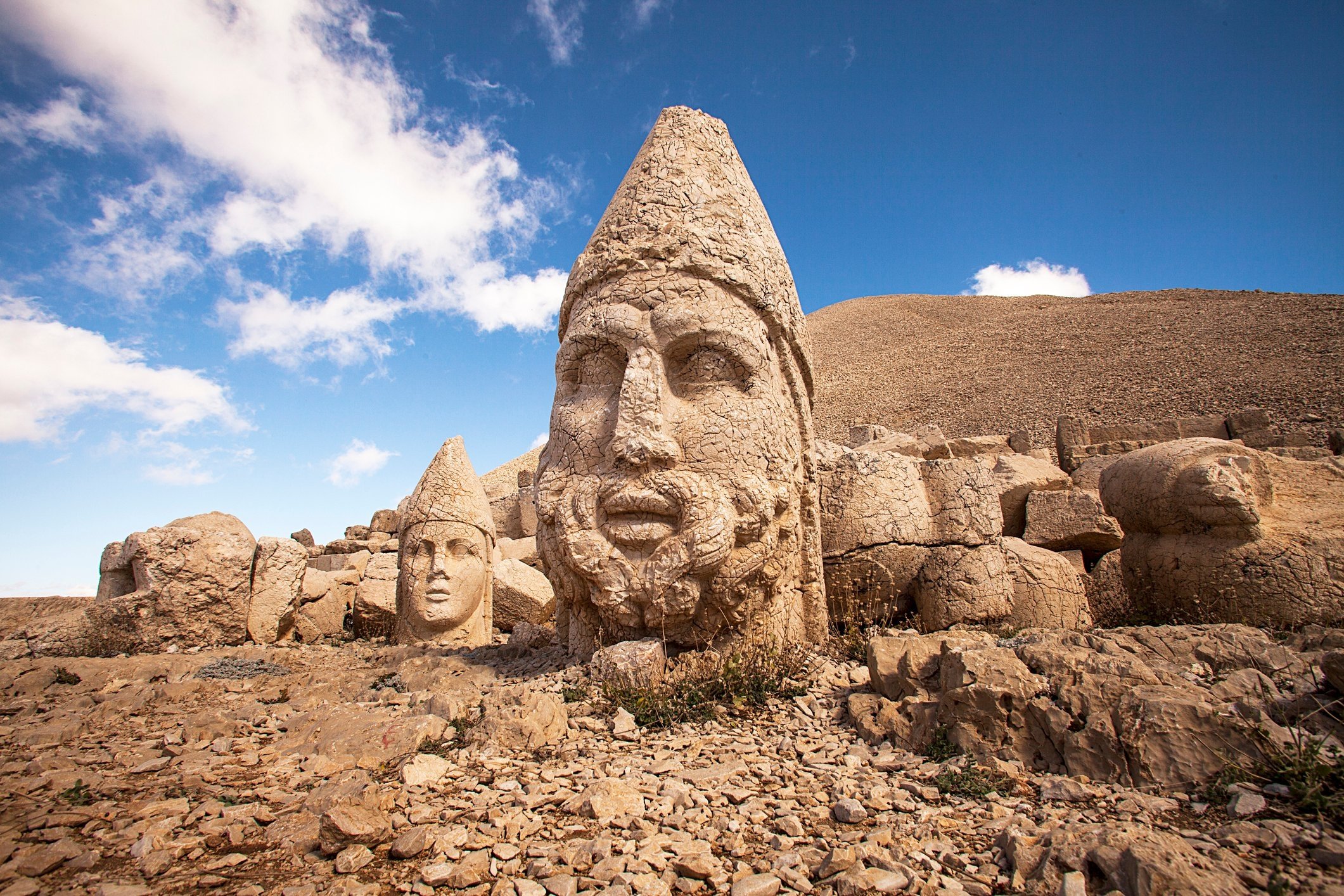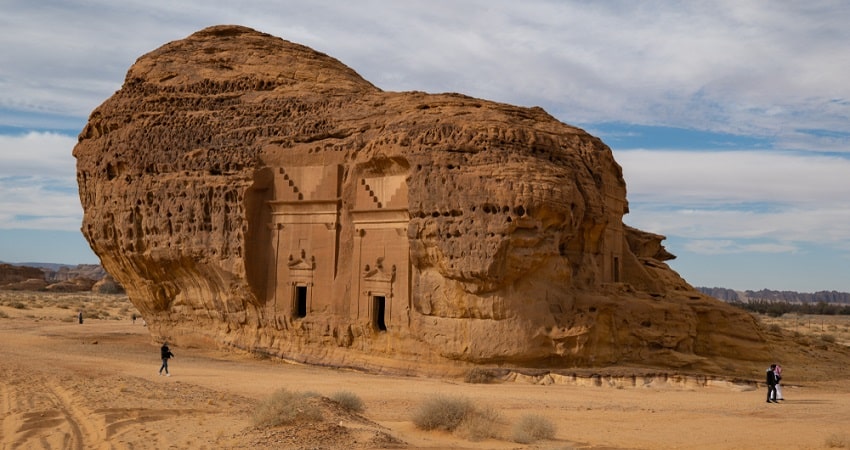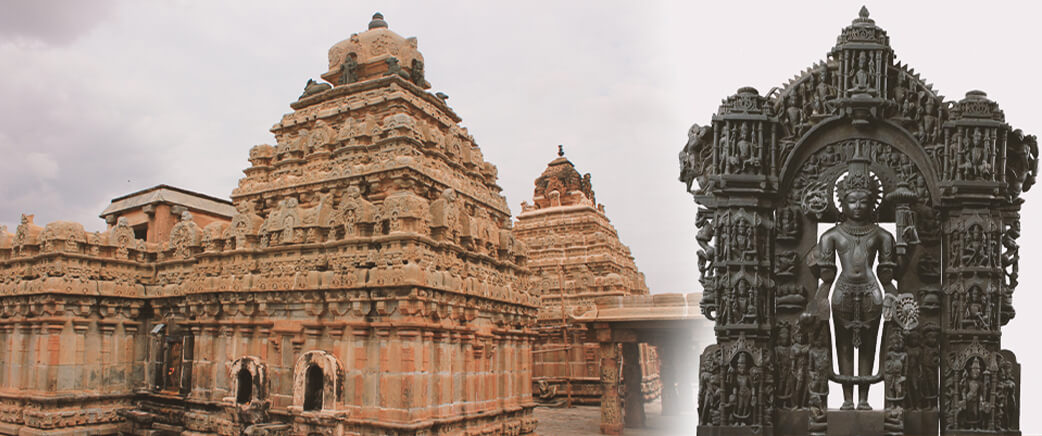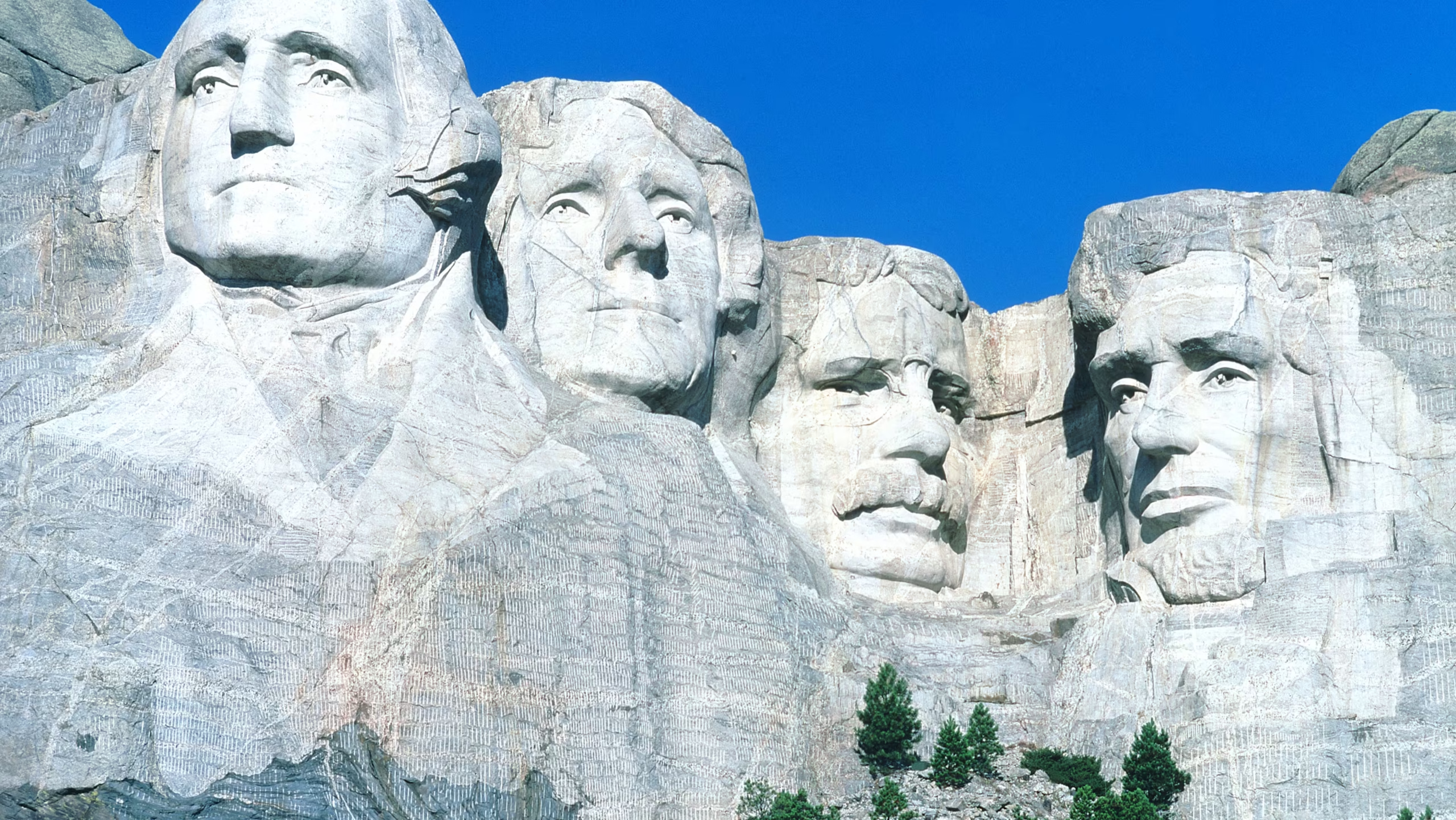When you think of art, you might imagine galleries filled with oil paintings or marble statues. But some of the world’s most awe-inspiring masterpieces weren’t created in studios—they were carved into mountains, cliffs, and caves, shaped by human hands and preserved by time.
From intricate temples hewn from solid rock to enormous statues guarding ancient tombs, these rock sculptures are far more than just beautiful—they’re windows into the civilizations, cultures, and spiritual beliefs of the past. Every chisel mark tells a story, and many of these masterpieces have been standing for thousands of years, witnessing the rise and fall of empires.

Let’s take a journey through some of the world’s most spectacular rock sculptures—each one offering a glimpse into our shared human history.
🗿 1. Petra – Jordan
One of the world’s most iconic ancient cities, Petra was carved into rose-colored sandstone cliffs by the Nabataeans more than 2,000 years ago. Its most famous monument, Al-Khazneh (The Treasury), is a towering facade that looks like something out of a movie—because it is (thanks, Indiana Jones).
Why it’s amazing:
- Entire buildings were chiseled directly into rock.
- Features temples, tombs, and an amphitheater.
- Complex water channels carved into stone—a feat of engineering.
Fun fact: Despite its name, The Treasury wasn’t used to store treasure. It was likely a royal tomb or temple.
🕉️ 2. Ellora Caves – India

Located in Maharashtra, India, the Ellora Caves are a series of 34 rock-cut temples and monasteries dating from the 6th to 10th centuries. The most mind-blowing structure is the Kailasa Temple, carved from a single monolithic rock—and it’s bigger than the Parthenon in Greece.
Why it’s amazing:
- The entire temple was cut top-down from one rock.
- It includes detailed columns, life-sized elephant sculptures, and multi-storied sanctuaries.
- Built without cranes or modern tools.
Fun fact: It’s estimated that over 200,000 tons of rock were removed to build the Kailasa Temple.
🗿 3. Moai Statues – Easter Island, Chile
The mysterious moai statues of Easter Island are instantly recognizable. Created by the Rapa Nui people between 1250 and 1500 AD, these massive stone figures—some weighing over 80 tons—stand silently across the island, many facing inland toward the villages.
Why it’s amazing:
- Over 900 statues are scattered across the island.
- Carved from volcanic tuff (compressed ash).
- Likely created to honor ancestors or important leaders.
Fun fact: Most moai statues have bodies, not just heads. Many are partially buried, with torsos hidden underground.
🛕 4. Abu Simbel – Egypt

Built by Pharaoh Ramses II in the 13th century BCE, Abu Simbel is home to two massive rock temples in southern Egypt. The larger temple features four colossal statues of Ramses II, each over 65 feet tall, carved right into the cliffside overlooking the Nile.
Why it’s amazing:
- Cut directly into solid rock on a riverbank.
- Aligned so sunlight illuminates the inner sanctuary twice a year.
- The entire site was relocated in the 1960s to avoid being submerged by Lake Nasser.
Fun fact: The move involved cutting the temples into large blocks and reassembling them—like ancient LEGO pieces!
🧘 5. Longmen Grottoes – China
Stretching along the banks of the Yi River near Luoyang, the Longmen Grottoes contain tens of thousands of Buddhist statues carved into limestone cliffs. These sculptures date from the Northern Wei to the Tang Dynasty (5th to 10th centuries).
Why it’s amazing:
- Over 100,000 individual statues, ranging from tiny to over 50 feet tall.
- Represents nearly 500 years of Buddhist art evolution.
- Some figures are remarkably preserved, despite centuries of exposure.
Fun fact: Many statues have inscriptions nearby, offering insights into the patrons who commissioned them.
🌄 6. Mount Rushmore – South Dakota, USA
:max_bytes(150000):strip_icc()/mount-rushmore-south-dakota-RUSHMORE0317-10c603a0e75e44a9a04ee36457095990.jpg)
One of the most famous modern rock sculptures, Mount Rushmore features the faces of four U.S. presidents—Washington, Jefferson, Roosevelt, and Lincoln—carved into the granite of South Dakota’s Black Hills.
Why it’s amazing:
- Each face is about 60 feet tall.
- Took 14 years to complete (1927–1941).
- Represents the founding, growth, development, and preservation of the U.S.
Fun fact: There’s a hidden “Hall of Records” behind the heads that contains historical documents and information.
🏞️ 7. Bayon Temple – Angkor, Cambodia
Located at the heart of the ancient city of Angkor Thom, the Bayon Temple is famous for its massive stone faces carved into temple towers. Built in the late 12th century by King Jayavarman VII, it’s one of the most visually striking temples in Southeast Asia.
Why it’s amazing:
- Features over 200 faces carved into 54 towers.
- Each serene face looks in a cardinal direction.
- Merges Buddhist and Hindu symbolism.
Fun fact: Scholars still debate whether the faces represent the king himself, the Bodhisattva of compassion, or a mix of both.
🕍 8. Lalibela Rock-Hewn Churches – Ethiopia
In the town of Lalibela, 11 medieval churches were carved directly into volcanic rock in the 12th century. These UNESCO-listed churches were designed to replicate Jerusalem, offering a pilgrimage site closer to home for Ethiopian Christians.
Why it’s amazing:
- Entire churches were carved into the earth—some as deep as 40 feet.
- Linked by tunnels and passageways.
- Still in active religious use today.
Fun fact: The Church of St. George, shaped like a cross, is the most famous and entirely freestanding within a rock pit.
🧱 9. Mada’in Saleh (Al-Hijr) – Saudi Arabia

Often called the “sister city” of Petra, Mada’in Saleh was built by the Nabataeans in what is now Saudi Arabia. The rock-cut tombs, with ornate facades and inscriptions, offer an incredible glimpse into this ancient civilization.
Why it’s amazing:
- More than 100 well-preserved tombs carved into sandstone cliffs.
- Pre-Islamic architecture and carvings.
- Now open to tourism as part of Saudi Arabia’s Vision 2030 initiative.
Fun fact: It was the first UNESCO World Heritage Site in Saudi Arabia (designated in 2008).
❓ FAQs – Rock Sculptures & Ancient Stone Art
Q: How were these sculptures made without modern tools?
Early artisans used hammerstones, chisels, and metal tools to painstakingly carve into rock. In many cases, they started from the top down to avoid collapse, and some works took decades or even centuries to complete.
Q: Are all rock sculptures religious?
Not all—but many are. Temples, deities, and tombs were common subjects because carving into stone ensured permanence, a quality highly valued for sacred or ceremonial purposes.
Q: Can you still visit all of these sites today?
Yes, most of them are open to the public—though access may depend on local regulations, political stability, and environmental conditions. Some areas are UNESCO protected and may have restricted zones to preserve the sculptures.
Q: Are these sculptures at risk of damage?
Unfortunately, yes. Many face threats from erosion, pollution, vandalism, and tourism. Conservation efforts are ongoing at many sites, but natural decay is a constant challenge.
🏛️ Conclusion: Time-Carved Testaments to Human Creativity

From the deserts of Jordan to the jungles of Cambodia, these incredible rock sculptures are more than just feats of engineering—they’re time capsules. Each carving, column, and chiseled face holds a story, etched in stone by people who lived thousands of years ago.
They didn’t have cranes, laser cutters, or heavy machinery. What they did have was vision, patience, and a deep connection to the spiritual and cultural forces that shaped their worlds. These ancient artworks continue to inspire awe—not just because of their size or detail, but because they’ve endured.
So next time you marvel at modern architecture or admire a work of art, think back to the people who carved temples into cliffs and statues from stone using little more than rudimentary tools and limitless determination.
These aren’t just sculptures—they’re conversations with the past. And they’re still speaking to us, one chisel mark at a time.
